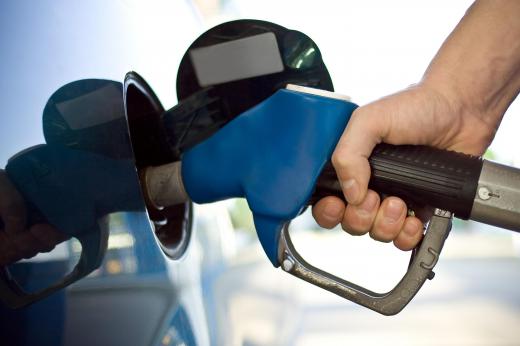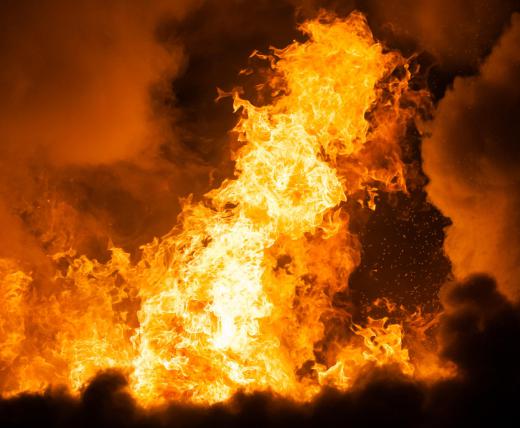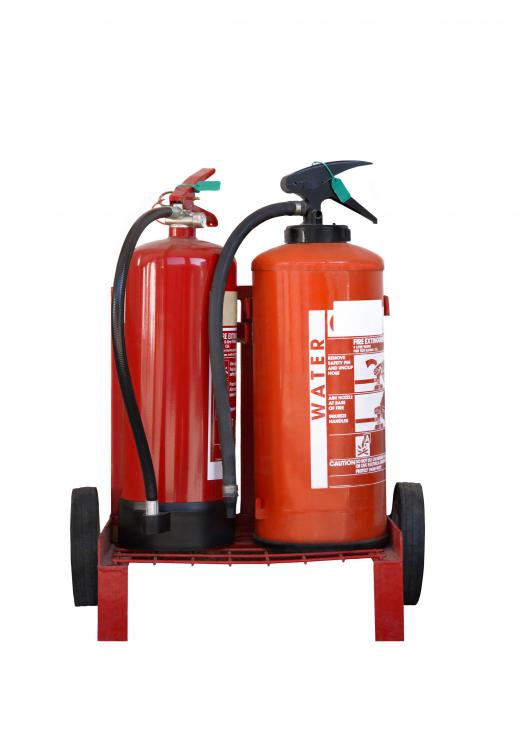Fire extinguishers are highly recommended to have around the home, office, and car. In a fire, quick thinking combined with rapid application of a fire extinguisher can prevent the fire from spreading, greatly reduce damage, and potentially save lives. However, different types of fires call for different types of fire extinguishers, and using the wrong fire extinguisher can be dangerous. At best, you may actually cause the fire to spread, and you could become seriously injured or lose your life. Fortunately, fire extinguishers are rated by fire class, to make it easy to figure out whether or not an individual fire extinguisher is appropriate for the task at hand.
The most basic type of fire extinguisher is a Class A extinguisher. When a fire is categorized as a Class A, it involves “ordinary combustibles,” such as paper, wood, cardboard, and simple plastics. Class A fire extinguishers are often just filled with water under high pressure, to choke the fire by cutting off its supply of oxygen. Typically, Class A fire extinguishers indicate how much pressurized water they hold.

A Class B fire is a fire which involves flammable combustibles, such as grease, oil, and gasoline. Spreading water on a Class B fire can cause it to grow even larger, by scattering the combustible around the area. Class B fire extinguishers are filled with a chemical mixture which is designed to put the fire out safely, and their packaging typically shows how many square feet the fire extinguisher can put out. This number will vary, depending on the intensity of the fire and materials involved. A subclass of a Class B fire, the K fire, is a kitchen fire, which can pose a serious problem in a commercial kitchen.

Class C fire extinguishers are designed for electrical fires. They contain non-conductive flame retardants to smother the fire. It is extremely dangerous to use water on a Class C fire, as you may severely shock or kill yourself. Class C fire extinguishers should be kept in the car and in home offices and other areas with large amounts of electrical equipment.

The final type of fire, a Class D, is a fire involving flammable metals. Typically, a Class D fire will only be encountered in a manufacturing or laboratory setting. While many companies sell combination fire extinguishers such as ABC or BC extinguishers, a Class D extinguisher is never combined with others. These extinguishers use dry powder, rather than the dry chemicals used in B and C fires.

Fire extinguishers can lose pressure or become damaged. They should be inspected regularly, and many fire departments offer this service free of charge. If a fire extinguisher has been used, it can be recharged at a fire department with the appropriate material. Always make sure that your fire extinguishers are readily available in case of emergency, and make sure that all employees and family members know the location of the fire extinguisher, along with the meaning of the ratings.
Ever since she began contributing to the site several years ago, Mary has embraced the exciting challenge of being a About Mechanics researcher and writer. Mary has a liberal arts degree from Goddard College and spends her free time reading, cooking, and exploring the great outdoors.

